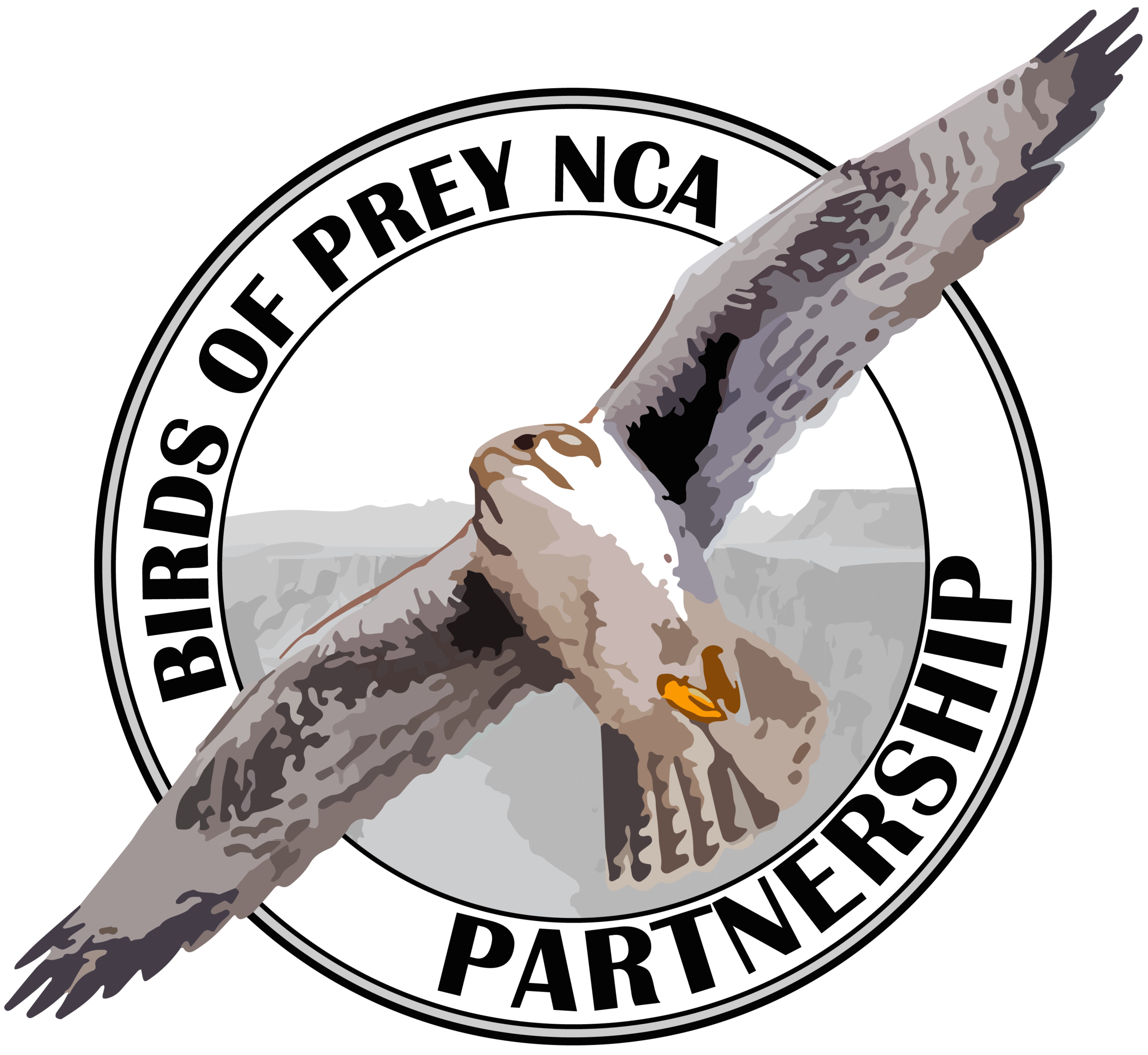The American Goshawk Project - addressing knowledge gaps in goshawk research
We recently spoke to Jessy Wilson, who is studying a Masters Raptor Biology at the Raptor Research Center at Boise State University, about the goshawk research that is happening in the northern great basin. This 13-year-long study has revealed some amazing insights into this species, which will help create an appropriate status for the species and subsequent actions for its protection. Thank you to Jessy for writing this blog for us, to help give us a deeper understanding of the research and its outcomes.
Did you know you might have the chance to see a new raptor species in the Morley Nelson Snake River Birds of Prey National Conservation Area (NCA)? In 2023, based on compelling plumage, vocalization, and genetic evidence, the elusive Northern Goshawk (Accipiter gentilis) was split into two species: the Eurasian Goshawk and the American Goshawk (Accipiter atricapillus). While these birds don’t breed in the NCA, they do occasionally utilize this area and can sometimes be seen moving around the Snake River.
Over the past 13 years, the Intermountain Bird Observatory (IBO) at Boise State University has been consistently studying the goshawk population in the northern Great Basin, particularly southeastern Idaho, and has established a rich understanding of goshawk occupancy and productivity trends. Studies over the past several years have shown declining trends of goshawk occupancy and productivity; additionally, the rate of breeding territory turnover has increased and is above the long-term average. These trends suggest that goshawks in southern Idaho are experiencing abnormal population changes.
Even with IBO’s research on American Goshawks over the past several years, we still don’t have any data about fine-scale nest microclimate, or how these data may affect larger trends of occupancy and productivity. The American Goshawk Project, a combination of Intermountain Bird Observatory researchers and graduate students in Boise State’s Raptor Biology Program, will be addressing this knowledge gap between goshawk nest microclimate and larger productivity trends. This research team plans to study the microclimate conditions that goshawks experience at the level of the nest by placing thermologgers to remotely record data like temperature and other nest tree/nest stand characteristics.
Nest temperature data on this has never been collected before in this study area, nor in the broader Intermountain West. This will give us insight into questions such as – how warm does it actually get in the canopy where goshawks nest? What sun exposure do goshawk nestlings experience as canopy cover changes? How does nest microclimate influence goshawk nest success, likelihood of future nesting success, and other long-term breeding trends in goshawk territories? Collecting data with thermologgers will allow researchers to make more informed explanations about what mechanisms might be driving nest failures and decreased productivity rates.
The American Goshawk Project is the newest addition to a long-standing collaboration between Boise State University, Intermountain Bird Observatory, USDA Forest Service, and numerous state agencies. This project will complement ongoing efforts to monitor the goshawk population in southern Idaho and introduce data that we have never accessed before. Being able to understand and predict future goshawk breeding trends, and therefore population trends, will play a significant role in the assessment of the status of the American Goshawk.




